CONTENTS
Tsa's 3-1-1 Liquids Rule: Carry Your Liquids With Confidence
TSA’s 3-1-1 liquids rule is a guideline you must remember if you want to keep your liquids on hand luggage. This rule comes to the specifics of how much liquid you are allowed and how you can pack them to go on the plane. Violate this rule and you might risk losing all your liquids before getting on the plane.
So what are the detailed rules? What should you do to follow these rules while packing? Let’s find out everything you need in this article.
What Is Tsa’s 3-1-1 Liquids Rule?
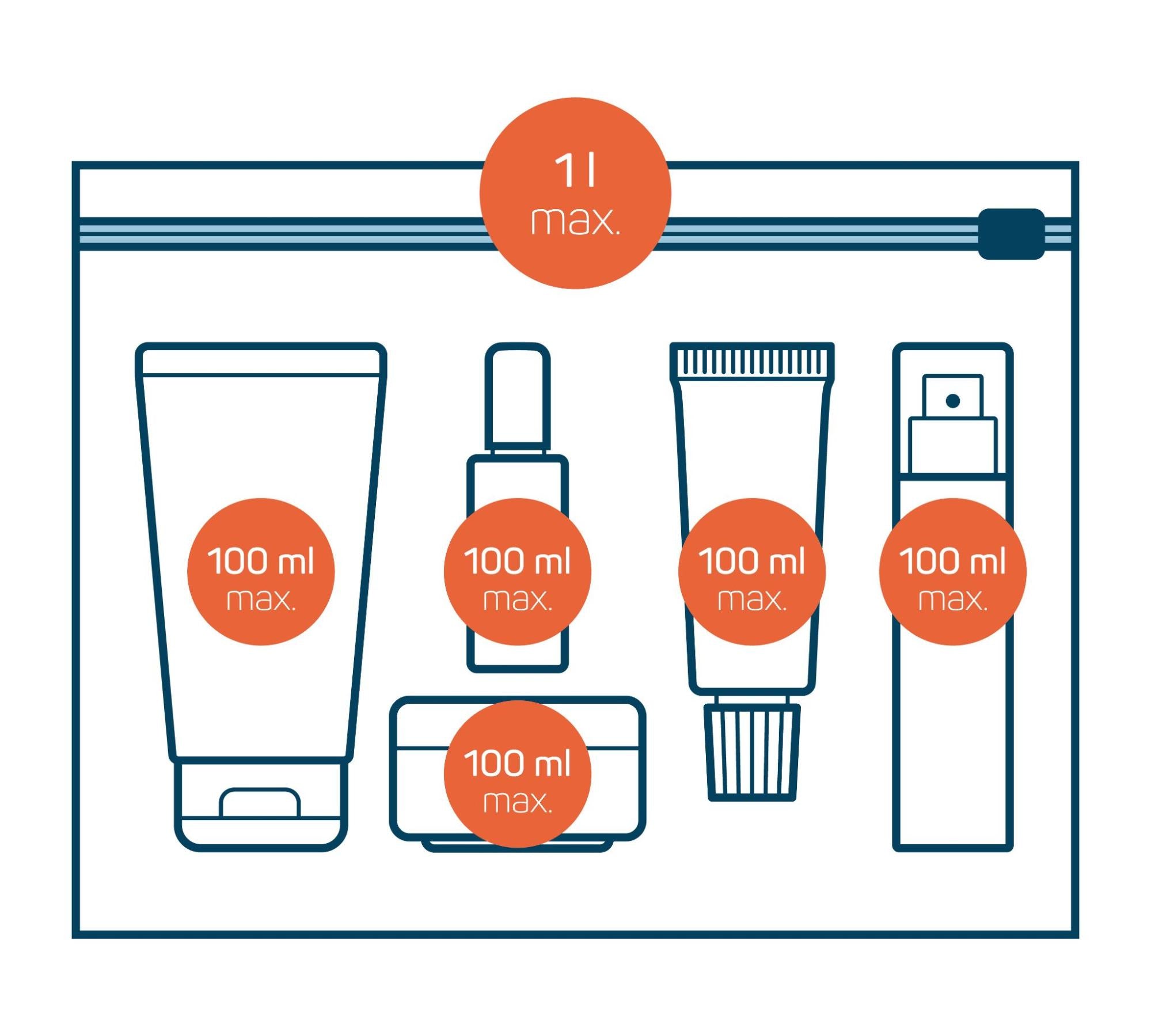
The 3-1-1 rule is a regulation created by TSA to limit the amount of liquid you can carry in your hand luggage. Overall, you are allowed to bring no more than 3.4 ounces (100ml) of liquid in one container; and all containers must be put in one clear quarter-sized bag. That’s why it is called 3-1-1.
However, you can also consider this as a 1-1-1 rule. The reason is that 3.4 ounces equals 100 ml. The TSA is an American organisation, and this country is one of the rare ones that use ounces as a unit to measure liquid.
This 3-1-1 rule only applies to carry-on bags. So if you don’t have suitable containers for your liquids, you can put them in your checked bag to avoid unnecessary procedures.
Which lead us to the next question: Is there a limit to liquids in checked luggage? No, there’s no limit to the amount of liquids you can carry in your hold bags.
However, you have to pay attention to the weight, else you have to pay the excess fee. The only exception is alcoholic beverages whose alcohol volume is over 24%; you can only carry up to 5 litres of them in your checked bags.
What Are Considered Liquids?
This is a common mistake that many people do because it is hard to separate which is liquid and which is not. To make it clear, this rule is applied to any type of liquid, aerosol, gel, cream or paste.
All the toiletries such as toothpaste, shampoo, etc. or make-up products such as perfume, mascara, etc. are all counted as a liquid. Even things you usually considered food like peanut butter, apple sauce, etc. also have to follow this rule.
What Is Exempt From The 3-1-1 Liquids Rule?

The only two exceptions to this rule are medications and baby food. You can place a bigger amount of these products in your carry-on luggage, as long as you inform the TSA officer before the screening process. However, there are still some notes you should pay attention to.
Medication
For medications, you should bring along your doctor's prescription as proof. And your medicines must fall into one of the below points:
- Required during your flight or at your travel destination
- Not available at the airport after the screening checkpoint
- Not available at your travel destination.
Infant And Child Nourishments
For infant food, besides formula, breast milk, and toddler drinks/food, additional formula cooling accessories such as ice packs, freezer packs, and gel packs are also exempted from the 3-1-1 rule. Your kids don’t have to present during the process for these items to be allowed.
Items in these 2 categories are still required to be screened. The officers will also take some samples to test for explosives or concealed prohibited items. For faster screening, we recommend putting them in clear, translucent bottles instead of plastic bags.
How To Pack Your Liquids Like A Pro
To start packing your liquids according to this rule, first, you have to list down the products you will bring along. This will help you identify which one you will have to purchase for travel size or keep in the checked luggage.
Embrace The Miniatures
If you wish to use your current products and keep them in the handbag, the easiest way is to buy a whole set of travel-size containers. Usually, these sets provide enough containers to bring whatever products you like so you won’t need to worry about buying them separately.
You can also transfer your favourite products into smaller containers. Not only will this save you space in your quart-sized bag, but it will also prevent any heart-wrenching moments of having to leave your beloved shampoo behind.
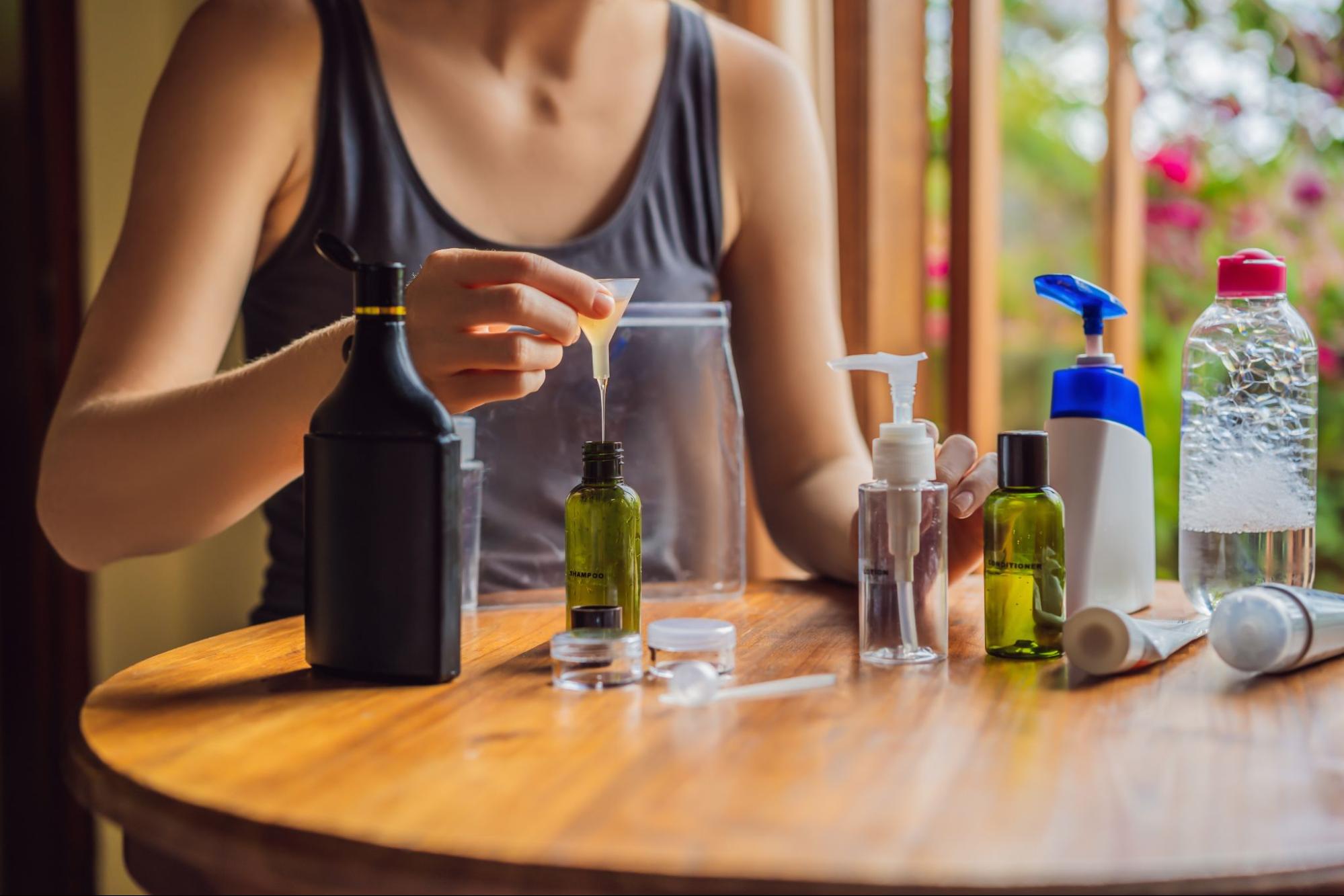
Consider Non-Liquid Alternatives
For products in aerosol form that are hard to transfer, we suggest you should find alternate products with those that come in a solid form or pump bottles. Of course, you can always keep them in the checked luggage but there are more rules applied to aerosol besides the 3-1-1 that you have to check.
Use Appropriate Bags
After putting all your products in suitable containers, all you have to do is find a quarter-sized bag and place them in. If you buy a travel-size container set, they might already have a qualified one. But if you don’t, then go look for those with the tag TSA-approved. TSA doesn’t promote any products officially, but these are designed following the rule.
Seal them properly
Normally, the liquids you keep in the handbag won’t spill easily. However, you should still be vigilant and seal them with tape and clingwrap to keep the cap intact. When opening them after the flight, do it slowly and carefully to avoid them overflowing due to pressure change.
Share With Your Travel Buddies
If you're travelling with friends or family, consider sharing toiletries to reduce space in your quart-sized bag. Who needs three separate bottles of mouthwash when you can all use the same one? Just make sure you're all on the same page about sharing germs.
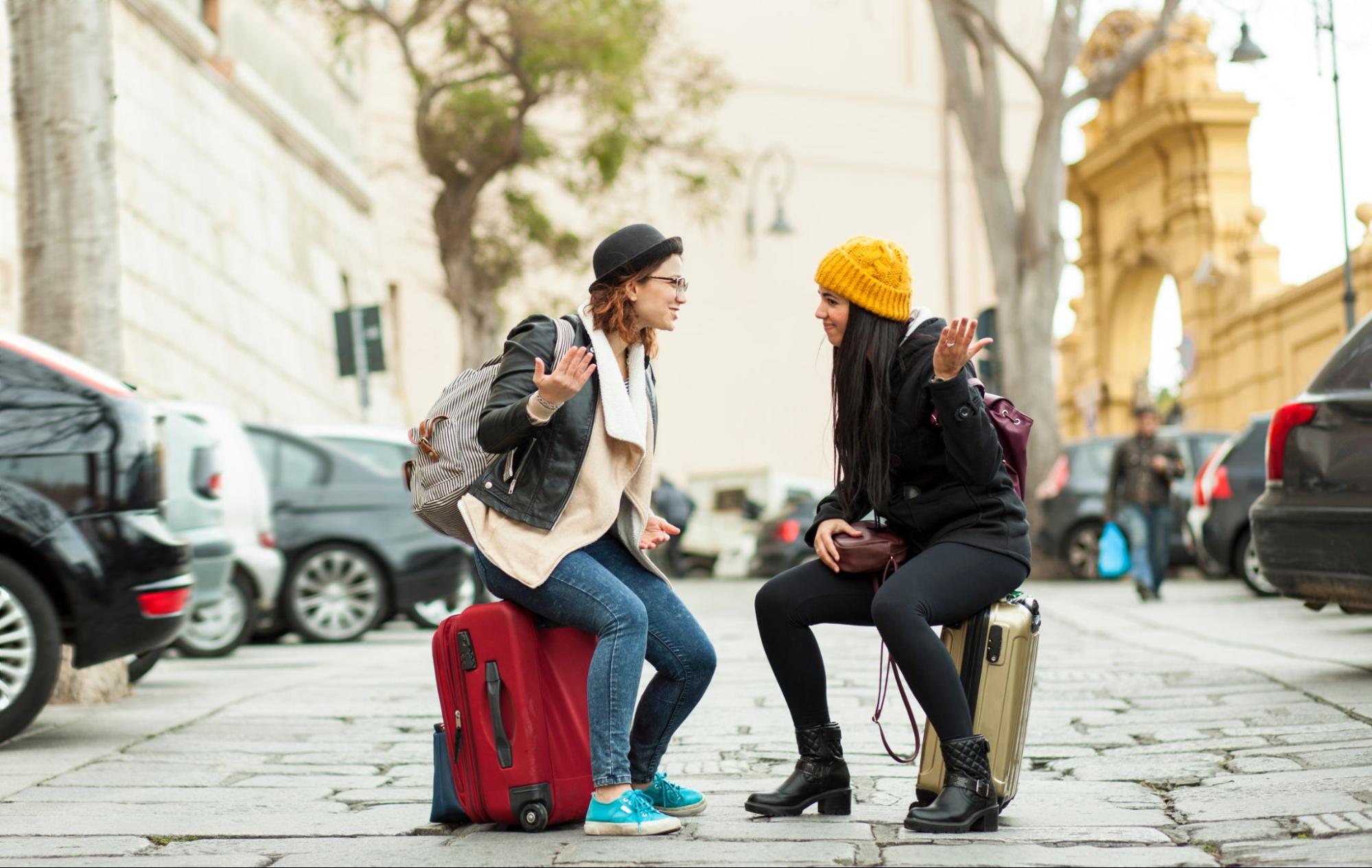
Don't Forget About Non-Liquid Items
While the 3-1-1 rule focuses on liquids, it's important to remember that other items can also cause a stir at the security checkpoint. Sharp objects, aerosols, and certain powders may require additional screening or be prohibited altogether. Check the TSA's website for a comprehensive list of what you can and cannot bring on board.
What About Bringing Drinks On The Plane?
If you wish to bring water, soft drinks, or soda on the plane, they must follow the 3-1-1 rule. Because obviously, they are liquid. Past the security check, you can bring any (pricy) airport beverages on the plane.
And that’s when you resort to the oldest trick in the book: bringing an empty bottle and filling it up with water after screening! There will be many water fountains on the way you board your plane.
But that’s not all; there’s another workaround. You can bypass the 3.4 oz limit for water bottles by freezing them. The catch? The frozen liquid must be completely frozen still during screening. If they are melted, even partially, the TSA agents will toss them out.
Ice must be frozen solid when presented for screening. If they're slightly melted, slushy or there's liquid in the bottom of the container, then the container itself must be 3.4oz or less. For more info, please visit: https://t.co/fn9kmlETM4
— AskTSA (@AskTSA) July 28, 2023
Why Did They Create The 3-1-1 Rule?
The 3-1-1 rule was created after a terrorist attempt to blow up a USA aeroplane using liquid explosives in 2006. Of course, it must have been steemed from many incidents before to lead to this last result. But this event is considered the last straw, which led directly to the effect of this regulation.
Despite the rumours in which the 3-1-1 rule will come to an end, it is not likely to happen soon. And even if this rule is no longer applied, there will surely be another one to replace it. The TSA’s 3-1-1 rule is here to stay.
FAQs
1. What Is A Quarter-Sized Bag?
A quarter here means one-quarter of a gallon of liquid, which is around 1.13 litres. A quarter-sized bag is simply one that can keep this amount of liquid. The measurement of the bag depends on your liking. But TSA recommends it to be around 6”x9” (15.24 x 22.86 cm).
In reality, the TSA is not incredibly strict on the details of the bag. Some bags claimed to be TSA-approved on the market are actually over a quarter, and people are still getting away with it. The most important thing is to let the TSA officer see your liquids in 3.4-ounce containers through a clear bag that looks around the same size.
2. Does This Rule Also Apply To Checked Luggage?
The 3-1-1 rule only applies to liquids that go into the hand luggage. For those that go into the checked luggage, there are no limitations. However, if you intend to bring aerosol, there is a limitation that you must follow even with checked luggage.
There are also more rules that apply when you buy alcohol and keep them in the checked luggage. If your drink has less than 24% of alcohol, you can bring whatever amount you want. But if it has more than 24% and less than 70% of alcohol, you can only keep 5 litres (1.3 gallons) per passenger.
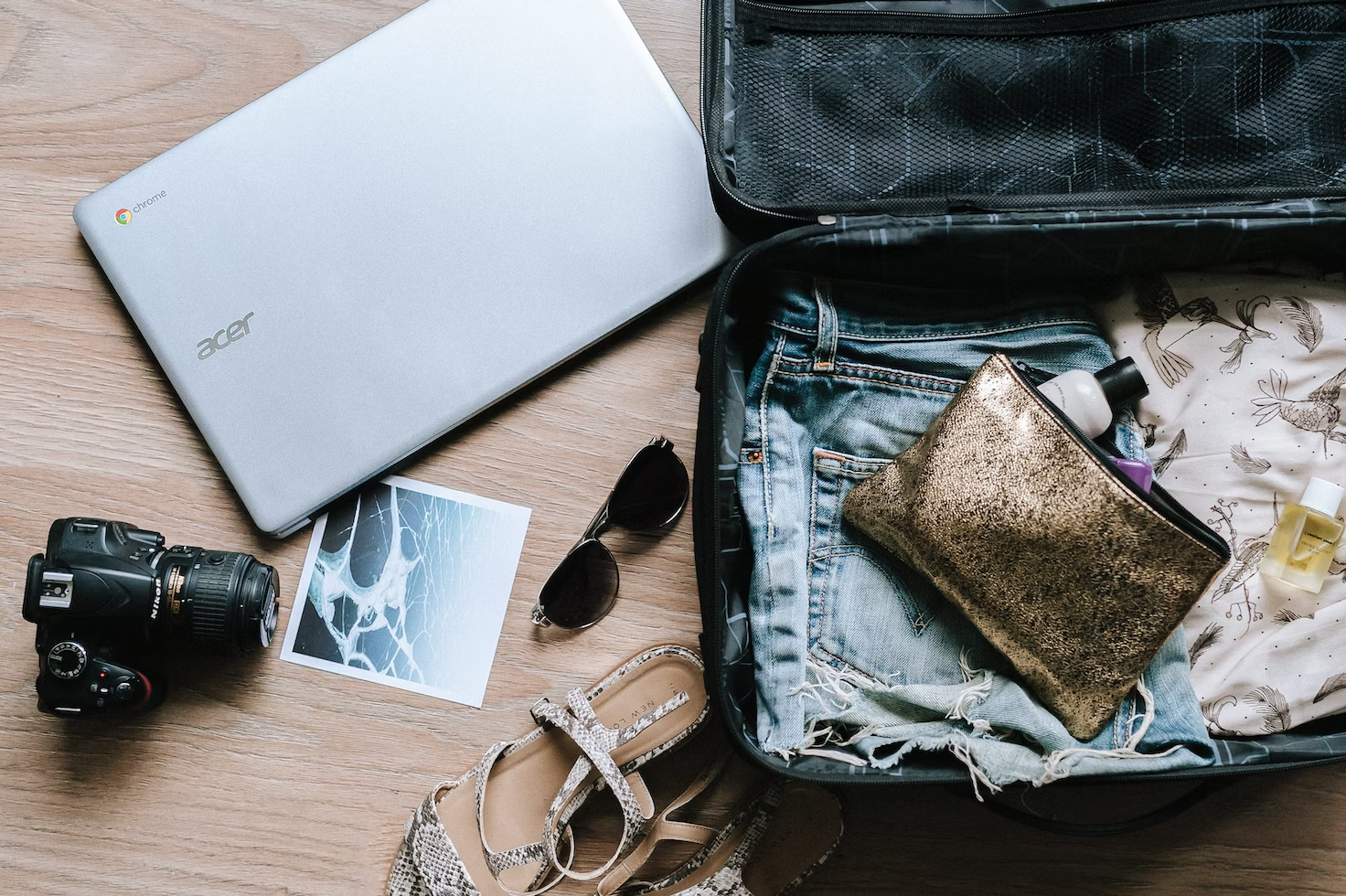
3. Can All Liquids Be In The Hand Luggage If They Follow 3-1-1?
Though the 3-1-1 rule is applied for all liquids in the hand luggage, not all liquids are accepted on the plane. Here are some items that are banned entirely according to the rule:
- Alcoholic beverages with more than 70% alcohol (over 140 proof)
- Bleach
- Fertiliser
- Aerosols Insecticide
- Flammable Liquid, Gel, or Aerosol Paint
- Toxic liquid.
4. Can My Duty-Free Liquids Be In The Hand Luggage?
For the liquids you bought in duty-free stores, the 3-1-1 rule is exempt if you can prove one of the following points:
- You purchased the duty-free liquids while you were travelling internationally and you are entering the US with a connecting flight
- The liquids must not show signs of being tampered with when presented for screening
- They must also be packed in a transparent, secure, tamper-evident bag by the retailer
- Your purchase must be made within 48 hours and has a receipt along.
Any item that set off the alarm or can not be screened will not be allowed on the carry-on bag. So if you want to make sure your purchase is safe, you should put them into the checked luggage.
5. Can I Avoid Getting My Liquids Scanned?
If you want to avoid getting your liquids scanned, you can apply to be a member of the TSA PreCheck. With this membership, you will pass the security check without having to remove liquids and laptops from your bag. You also don’t have to take off belts, jackets, and shoes.
You can also join one of the Trusted Traveller Programs that includes TSA PreCheck such as Global Entry. This will allow you to not only enjoy the benefits of the TSA PreCheck but also other benefits of the specific program. However, these programs usually require more steps for applying and may take longer than the TSA PreCheck itself.
Key Takeaways
- Per the TSA’s 3-1-1 rule, if you want to carry liquids, aerosols, gels, creams and pastes in the cabin:
- Each container of must be 3.4 oz (100 ml) or less (3)
- All containers must be put in one clear, quart-sized bag (1)
- Every passenger is limited to one such bag (1).
- Any liquid container larger than 3.4 oz (100 ml), partially filled or full, must be checked in
- You can bring larger containers of medications, baby food, or baby milk; provide you inform the TSA officer beforehand
- If you want to bring water on planes, you can bring an empty bottle to fill it with water once you pass the screening
- Alternatively, frozen water is also allowed (but must be completely frozen).
Please visit here for the official TSA statement on the matter. You can also go here for the liquid rules at the UK airports, which are not so different.
Final thoughts
Above are all the details of the TSA’s 3-1-1 liquids rule that you need to know. Though it might seem inconvenient when travelling, the fact that this rule keeps everyone safe is why we should follow it. Don’t worry too much. All you have to do is pay some attention to what you are packing and then you will be fine.
So what is your experience with the 3–1-1 liquid rule? Comment your tips down below. And don’t forget to share this helpful knowledge with your fellow travel-lovers!
Claire Thuc



















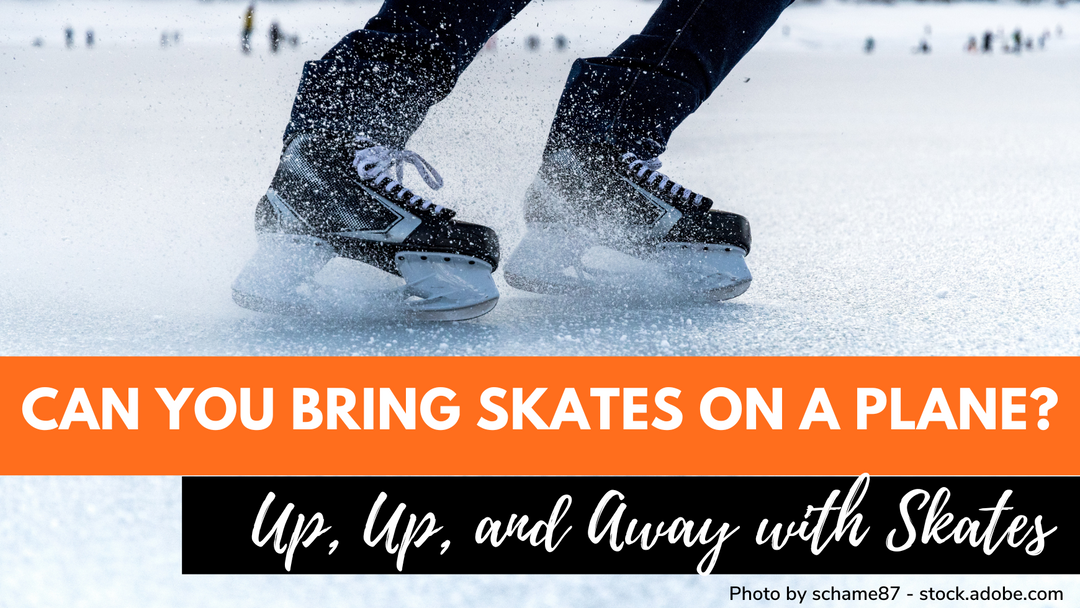
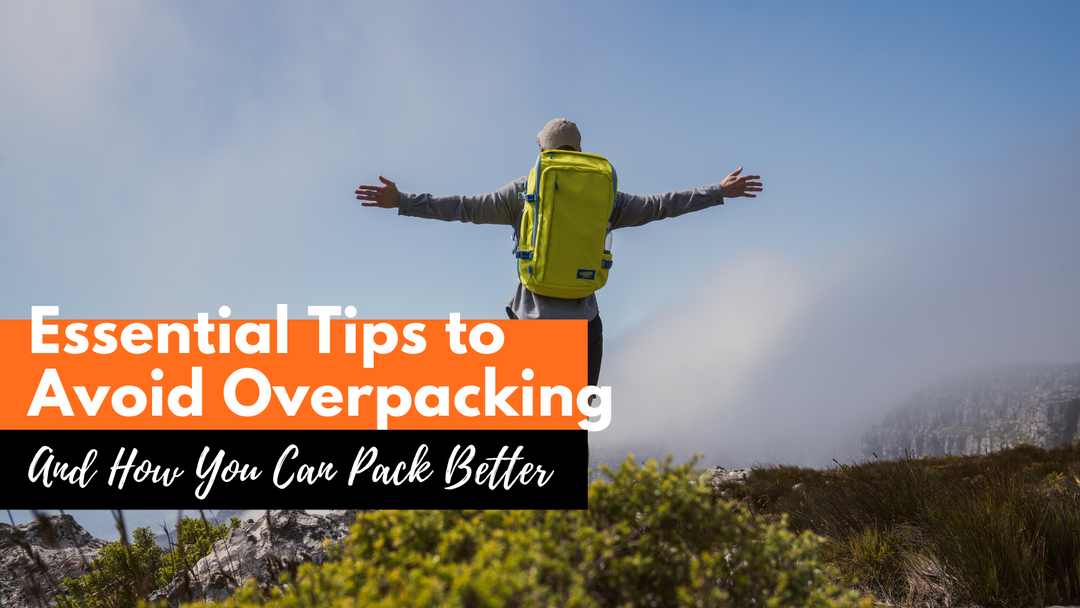
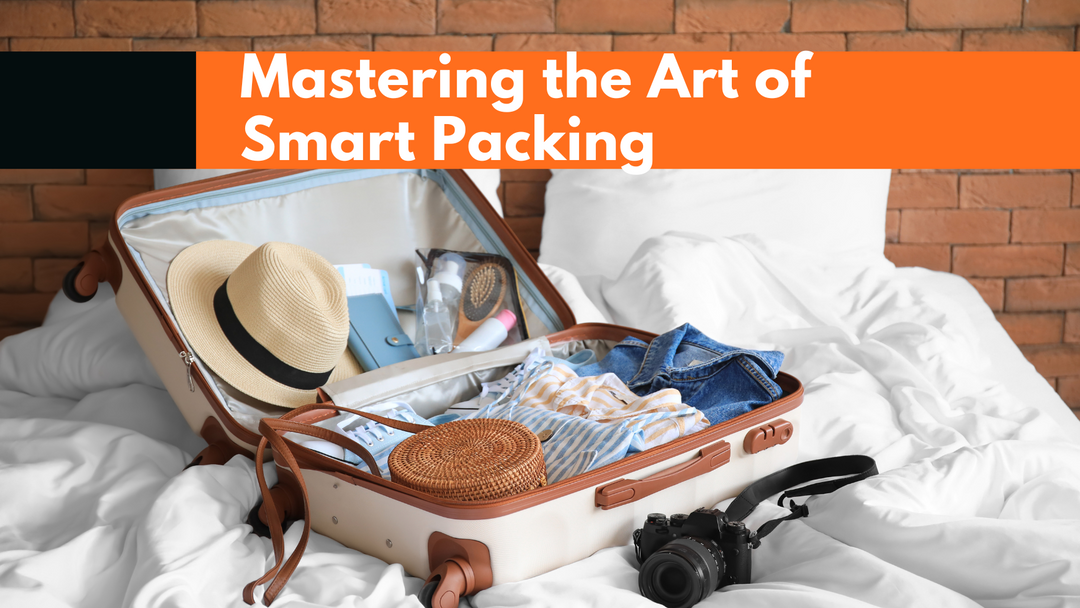
Leave a comment